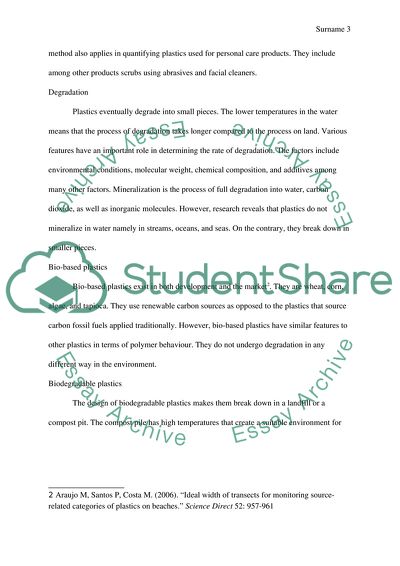Cite this document
(Unanticipated Consequences of Inventing Plastic Case Study Example | Topics and Well Written Essays - 3250 words, n.d.)
Unanticipated Consequences of Inventing Plastic Case Study Example | Topics and Well Written Essays - 3250 words. https://studentshare.org/environmental-studies/1848179-unanticipated-consequences-of-inventing-plastic
Unanticipated Consequences of Inventing Plastic Case Study Example | Topics and Well Written Essays - 3250 words. https://studentshare.org/environmental-studies/1848179-unanticipated-consequences-of-inventing-plastic
(Unanticipated Consequences of Inventing Plastic Case Study Example | Topics and Well Written Essays - 3250 Words)
Unanticipated Consequences of Inventing Plastic Case Study Example | Topics and Well Written Essays - 3250 Words. https://studentshare.org/environmental-studies/1848179-unanticipated-consequences-of-inventing-plastic.
Unanticipated Consequences of Inventing Plastic Case Study Example | Topics and Well Written Essays - 3250 Words. https://studentshare.org/environmental-studies/1848179-unanticipated-consequences-of-inventing-plastic.
“Unanticipated Consequences of Inventing Plastic Case Study Example | Topics and Well Written Essays - 3250 Words”. https://studentshare.org/environmental-studies/1848179-unanticipated-consequences-of-inventing-plastic.


